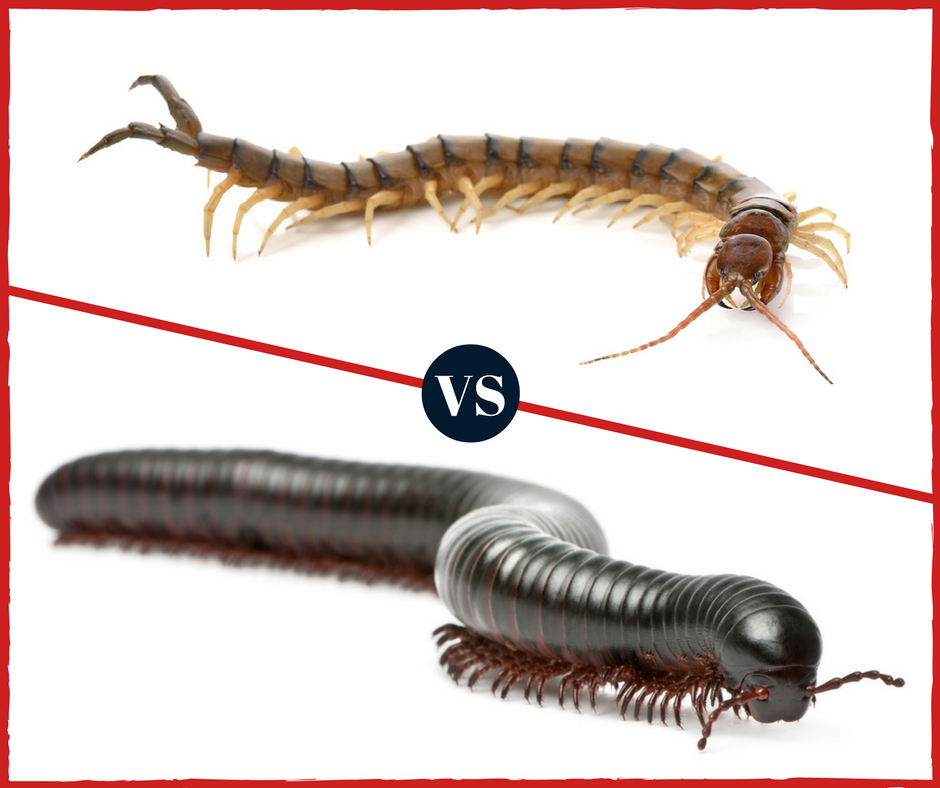
What’s the Difference?: Centipedes vs Millipedes
There are hundreds of creepy crawlers that make their way around New York.
The centipede and millipede are two pests that often get grouped together due to their similar looks.
While they do look similar, these two insects do have their differences that you should know about.
Centipede
- Antennae: Long
- Legs: One pair per body segment; largely visible; trail backward when moving
- Movement: Fast
- Personality: Aggressive; can bite
- Feeding Habits: Predator of small insects; some decaying plant matter
When centipedes are found in or around your home, be cautious. Many centipedes’ first line of defense is to bite the threat.
Some will even use their legs to launch a sticky substance as they attempt to scurry away. Others may just curl up into a ball to protect themselves, but never assume this is the defense they will take.
Millipede
- Antennae: Short
- Legs: Two pairs per body segment; not very visible
- Movement: Slow
- Personality: Passive; do not bite
- Feeding Habits: Scavenger; mostly decaying plant matter; sometimes small insects
Millipedes aren’t as harmful to humans as centipedes can be, but they aren’t exactly harmless. While their number one defense is to curl up in a ball, they can also harm you. Millipedes can release poisonous compounds through their skin that can burn or sting you when touched.
If the millipede in your home is brightly colored, stay away! These millipedes usually have a harmful cyanide compound that is released through their skin.
—
Centipedes and millipedes are both long, multi-legged, disgusting looking pests that should be kept out of your home. When you have an infestation of either pest in your home, contact the pros at Knockout Pest Control. To learn more, or to schedule an inspection, give us a call at (800) 244-7378.
Don’t forget to follow us on Facebook, Twitter, and Google+!

